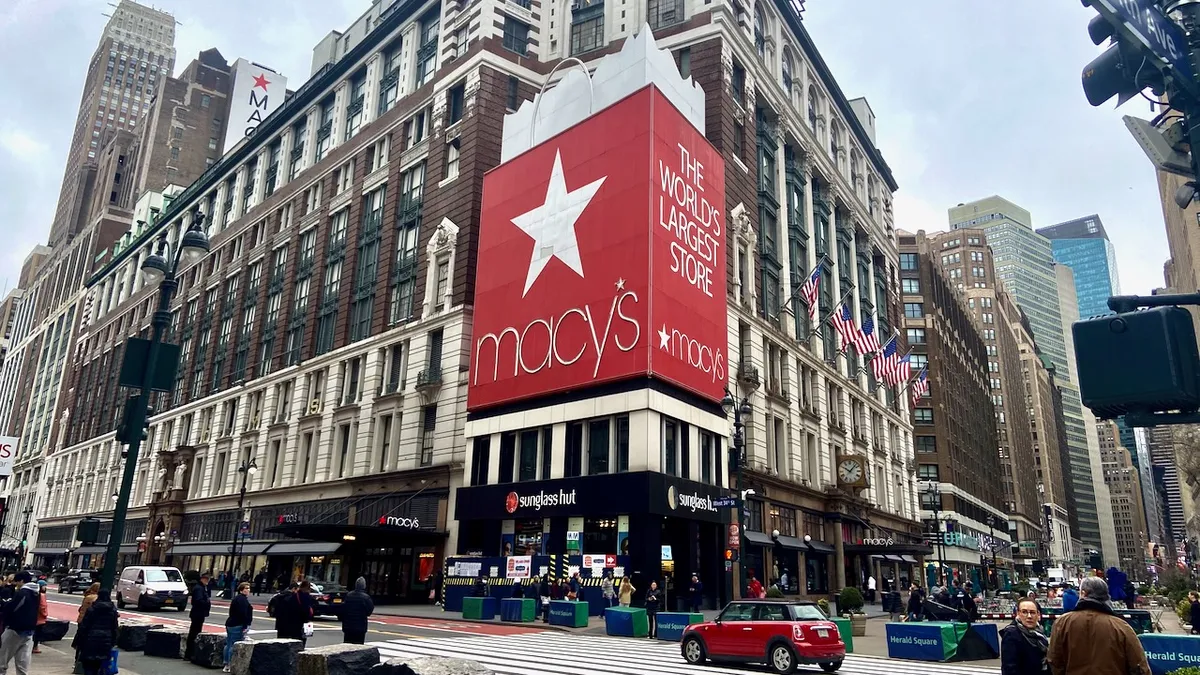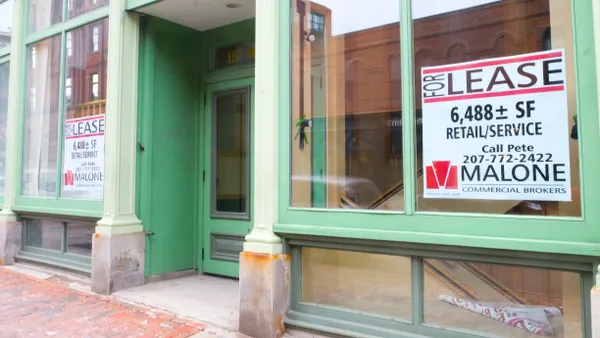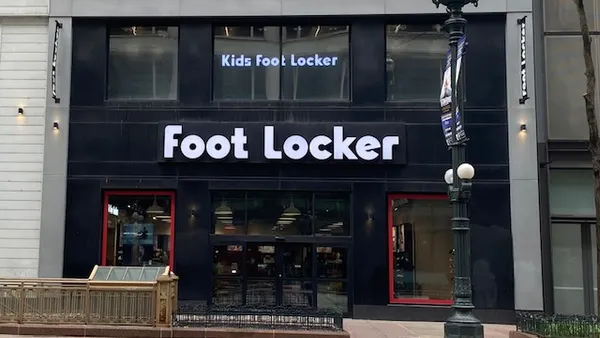Dive Brief:
- Target last week launched a marketing campaign tied around its spring merchandise set to the theme of the 1977 song, “Love is in the Air” by John Paul Young.
- Utilizing a mix of video, social, digital and outdoor ads, the campaign highlights a host of new products tied to spring break, home and closet, beauty, food and the Easter holiday. In-store customers will be greeted by the smell of spring flowers and a garden party display of new products.
- Installations are situated throughout the stores, and at the very back customers will find The Bunny Garden, which celebrates Easter with carrot towers and candy displays.
Dive Insight:
The spring campaign comes a month after Target announced a multiyear merchandise revamp, which includes investing between $4 billion and $5 billion in stores, technology and supply chain.
“Target is right to inject some newness and excitement into the range and into stores,” Neil Saunders, GlobalData managing director, said in an email. “Consumers want this and are receptive to finding new things to buy. The plans sound good on paper but the key to success lies in solid execution.”
Target last month reported fourth-quarter net sales declined 3% year over year to $30.9 billion, while full-year net sales fell nearly 1% to $106.6 billion. Based on the retailer’s 2024 performance, bonuses were cut to 87%, a drop from fiscal 2023 when bonuses were paid at 100%. The retailer also predicted that it could experience trouble in Q1 due to worries over tariffs that could put pressure on consumers.
Target has taken to partnering with various well-known brands to enhance its merchandise offering. In February, the retailer announced a partnership with optical brand Warby Parker, with plans for five stores to open inside Target stores later this year. And last week Target announced it partnered with Kate Spade on a limited-edition collaboration of more than 300 items across women’s and children’s apparel, handbags and home accessories.
The big-box retailer said that it has shortened its go-to-market cycle to eight weeks, down from 27, for specific trending items so they can reach shoppers faster.














